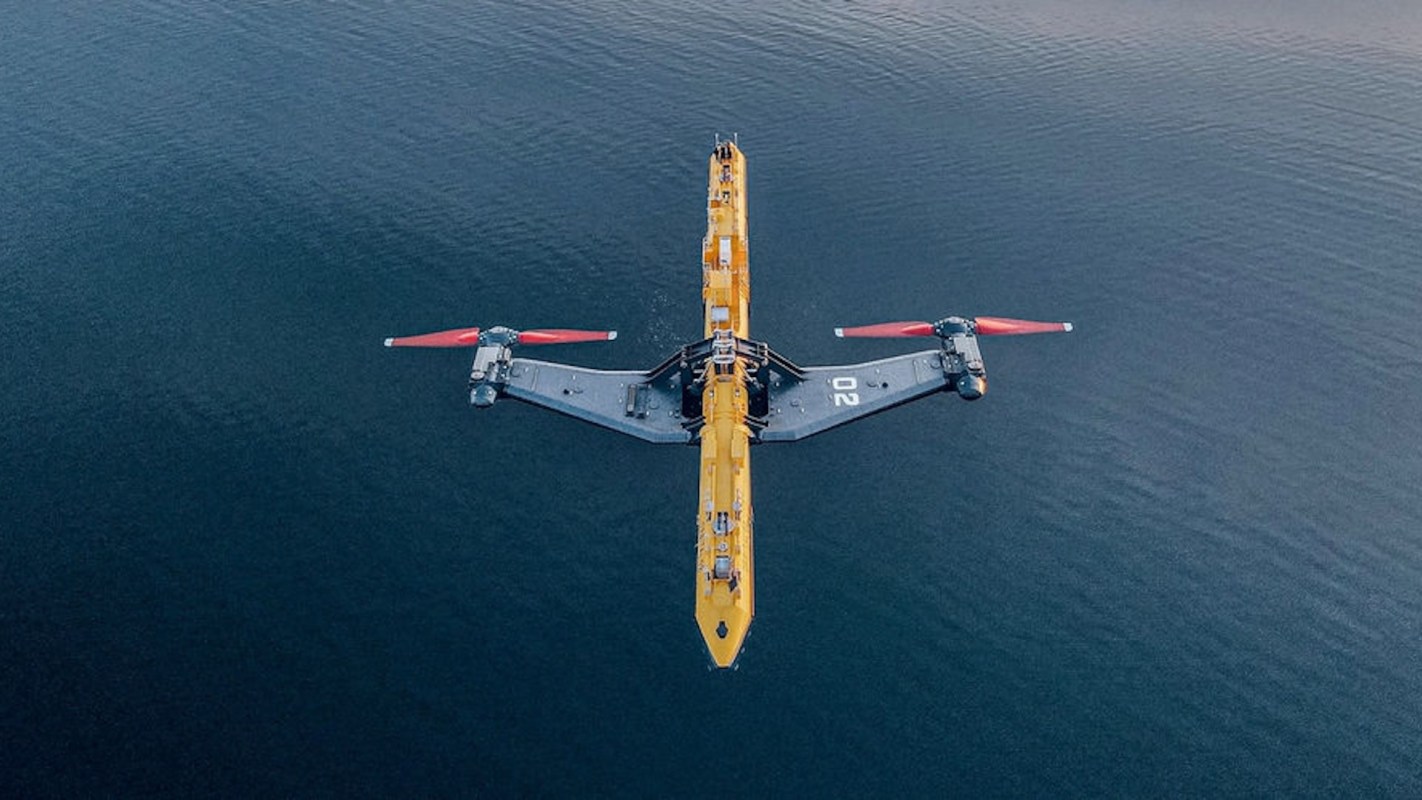When you think of offshore clean energy, you likely think of wind turbines, or possibly even floating solar panels. But there is another natural force in our oceans that can be harnessed to create clean, renewable energy: the tides.
Now, the company behind the purported world's most powerful tidal turbine is bringing its technology to the United States.
Scotland-based Orbital Marine Power, the company that created the O2, the floating tidal turbine off Orkney in Scotland that went online in 2021, is in the process of deploying that same technology off the coast of Washington state in partnership with regional energy company Orcas Power & Light Cooperative.
"Whilst there is still substantial work to be done before we float our technology in US waters, this milestone underlines growing global appetite for the pioneering progress we are demonstrating in the floating tidal stream space," Orbital Marine Power CEO Andrew Scott said.
Similar to how wind turbines harness the fluidity of the air, tidal turbines use a special generator to convert the energy from flowing water into usable electricity. So far, there are only a few of these machines operating — the largest tidal plant is off the coast of South Korea — but the United States government announced a $35 million investment in tidal energy research last year.
More recently, the government allocated $6 million of that total to the Orbital Marine Power-Orcas Power & Light Cooperative project and another company, ORPC, putting them in direct competition with each other, as only one of the projects will receive future federal funding.
"There are no single or simple solutions for figuring out the complexities of our future energy supply in a decarbonised world," Orcas Power & Light Cooperative managing director Foster Hildreth said.
"… Floating tidal stream energy, as delivered by the Orbital O2, is one of those technologies that could make sense for our islanded territory."
Elsewhere in the world, one Philippines project is exploring how tidal turbine technology might be used to generate power for remote islands that have minimal space for solar farming.
Join our free newsletter for weekly updates on the coolest innovations improving our lives and saving our planet.
TCD Picks » Upway Spotlight
💡Upway makes it easy to find discounts of up to 60% on premium e-bike brands














